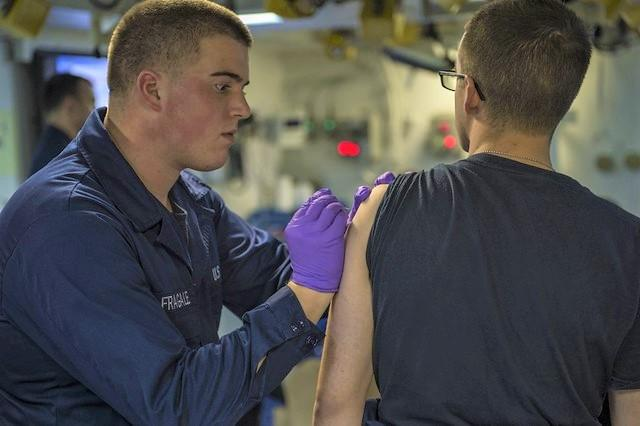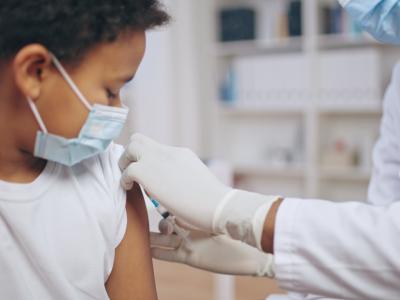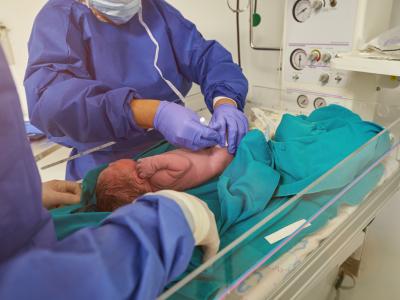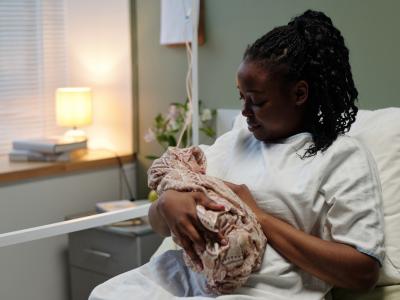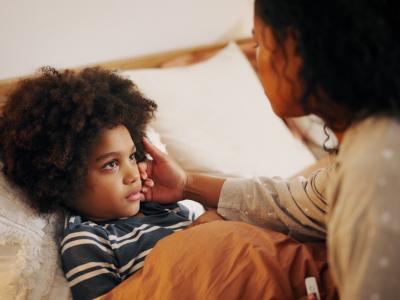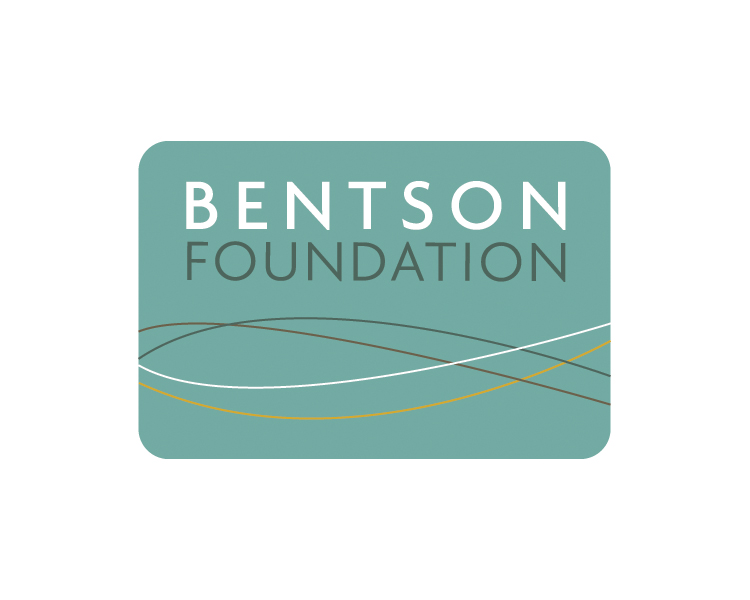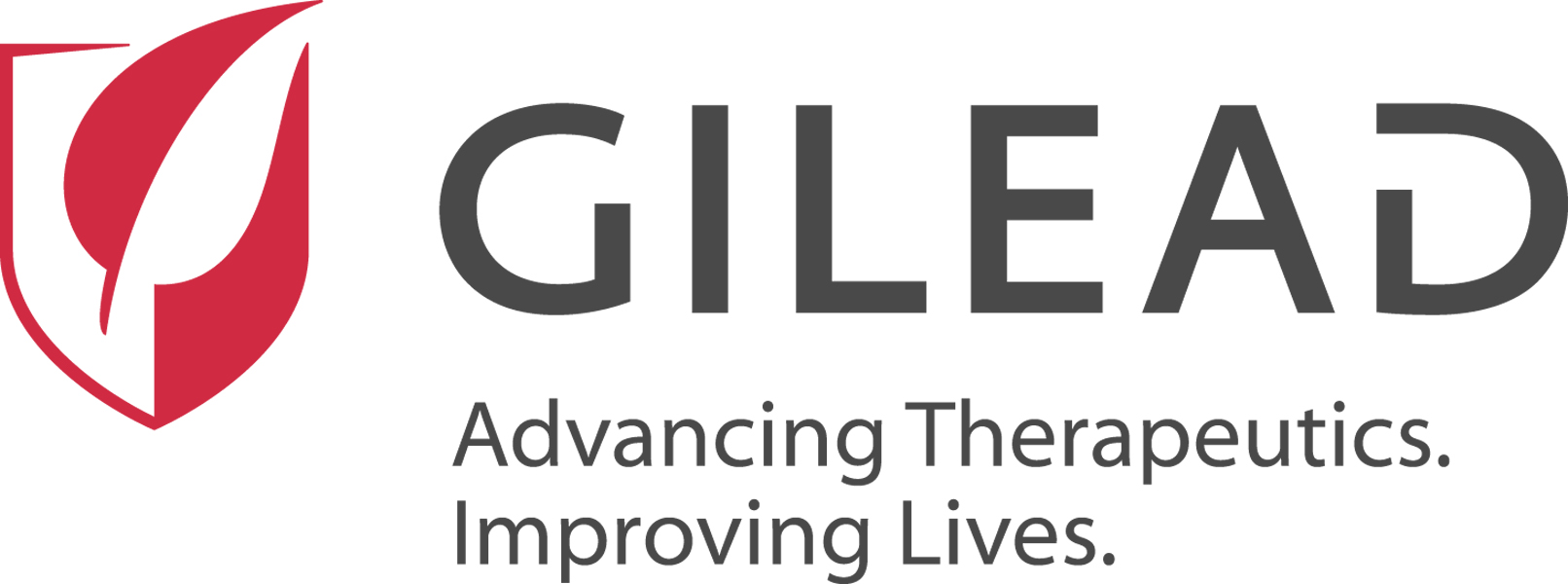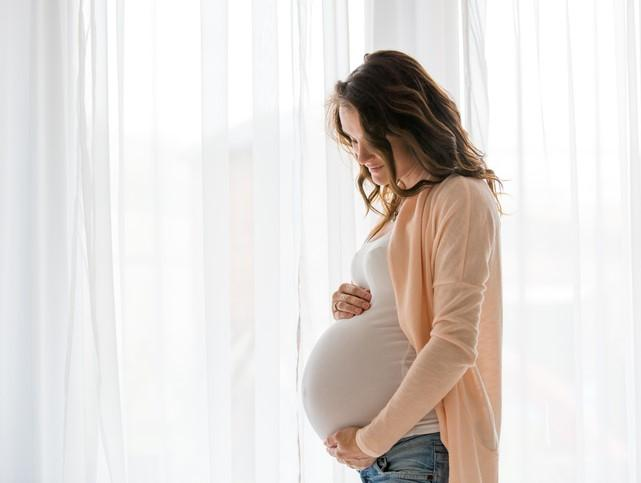
Research published in JAMA Network Open suggests that youth exposed to corticosteroids in utero, whether born preterm or full-term, are at significantly higher risk for respiratory and nonrespiratory infections through 21 years of age.
University of Edinburgh researchers led the study of 1.5 million mother-child pairs using data from the Consortium for the Study of Pregnancy Treatments study.
Singletons born between 1997 and 2018 and 2006 and 2018 in Scotland and Finland, respectively, were followed until 2018. Outcomes were a first diagnosis of respiratory or nonrespiratory infection after birth-related hospital discharge.
The average maternal age was 29.4 years, and the average gestational age at birth was 39.2 weeks. In total, 3.2% of participants were exposed to antenatal corticosteroids (ACS) (70.7% preterm, 29.3% full-term).
"International guidelines recommend the use of antenatal corticosteroids (ACS) in pregnancies at risk of imminent preterm birth before 34 weeks’ gestation," the study authors noted. "However, whether ACS leads to long-term risk of infection from childhood to adulthood is unknown."
Authors urge judicious use of corticosteroids
ACS-exposed youth had more respiratory and nonrespiratory infections than their unexposed peers (incidence, 65.2 vs 39.8 and 30.0 vs 17.9 per 1,000 person-years, respectively). Overall, ACS-exposed children were at increased risk for respiratory infections (hazard ratio [HR], 1.19) compared with the unexposed.
Overall, our findings suggest that ACS treatment should be used judiciously, given the potential long-term effects in otherwise healthy full-term and preterm children.
Relative to unexposed children, higher risks for respiratory and nonrespiratory infections were seen in exposed children born at 34 weeks 0 days to 36 weeks 6 days' gestation (adjusted hazard ratios [HRs], 1.10 and 1.19, respectively), 37 weeks 0 days to 38 weeks 6 days' gestation (adjusted HRs, 1.27 and 1.17), and 39 weeks 0 days to 41 weeks 6 days' gestation (adjusted HRs, 1.23 and 1.31).
But exposed children born at 28 weeks 0 days to 31 weeks 6 days' gestation and 32 weeks 0 days to 33 weeks 6 days' gestation weren't at increased risk.
"Overall, our findings suggest that ACS treatment should be used judiciously, given the potential long-term effects in otherwise healthy full-term and preterm children," the researchers concluded.
